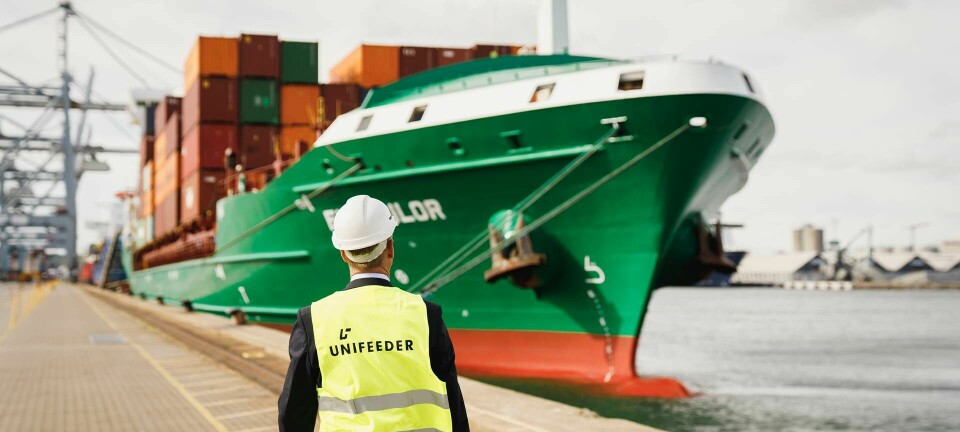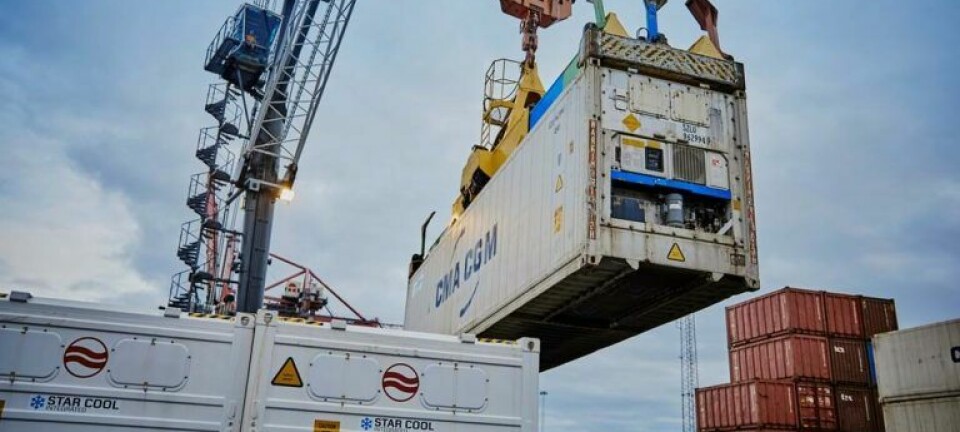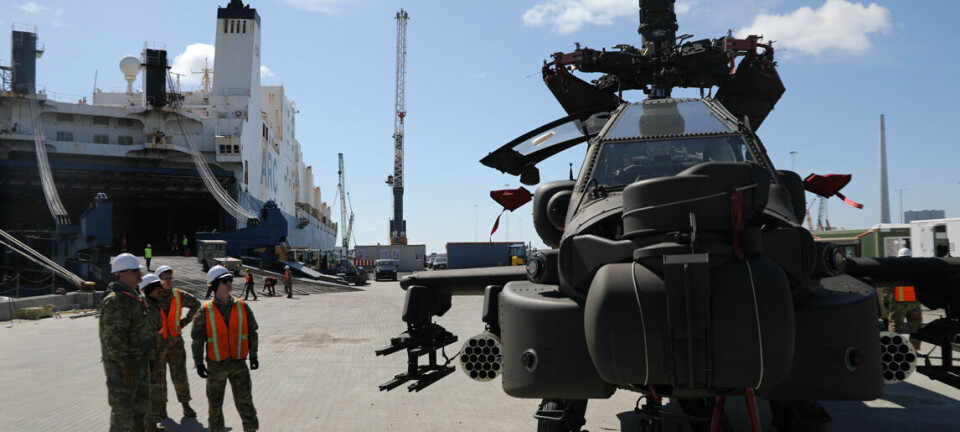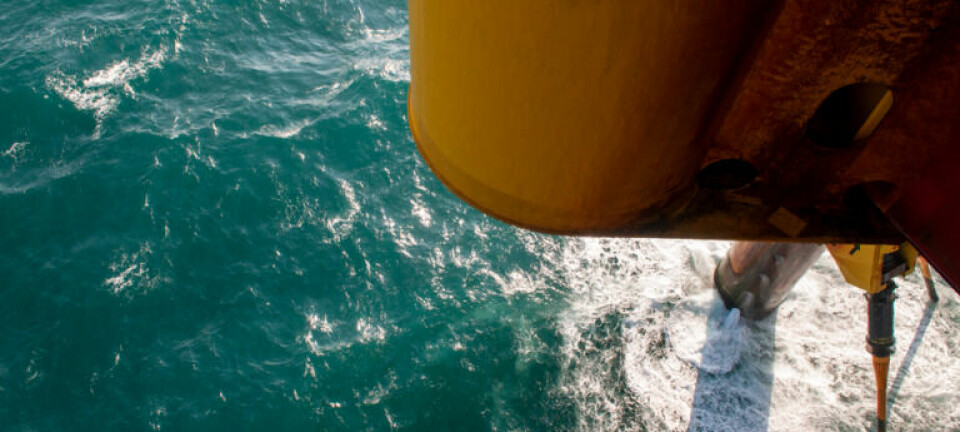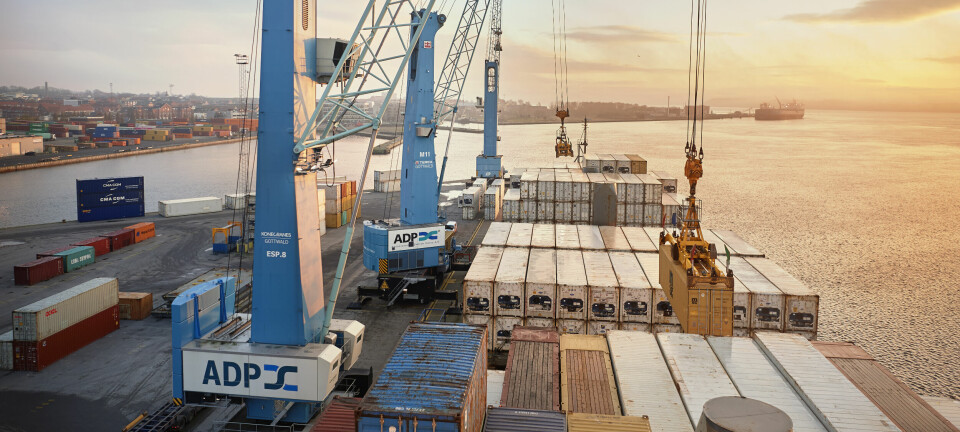The White House announces maritime cybersecurity strategy
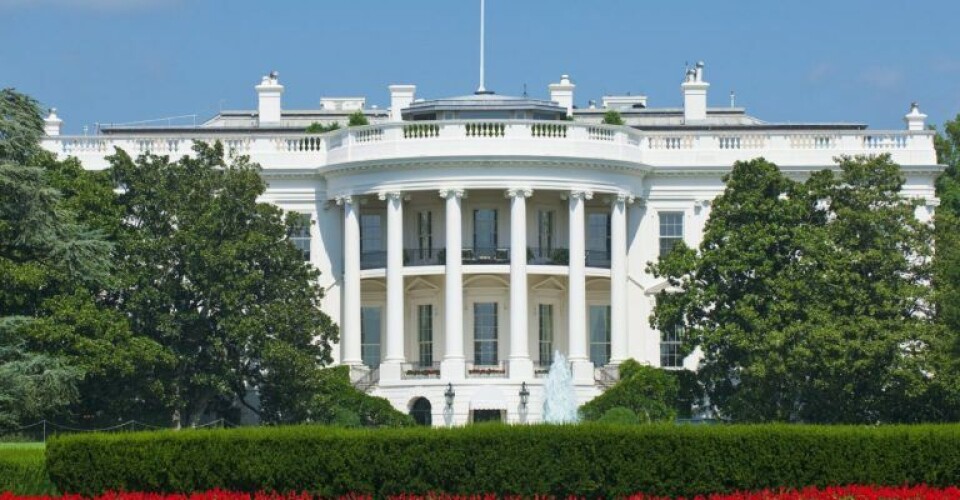
The soon to be demoted President is investing in a vast cybersecurity strategy.
By Michael McGrady, Maritime Direct Americas Correspondent
Before he leaves office, U.S. President Donald Trump and his National Security Council announced the rollout of a comprehensive maritime cybersecurity strategy implemented by the Department of Homeland Security and the Coast Guard.
“The National Maritime Cybersecurity Plan unifies maritime cybersecurity resources, stakeholders, and initiatives to aggressively mitigate current and near-term maritime cyberspace threats and vulnerabilities while complementing the National Strategy for Maritime Security,” said Robert C. O’Brien, the president’s national security advisor and the director of the National Security Council Staff.
The plan that was initially compiled in December of 2020 intends to lay out a defence strategy focused on protecting maritime transportation in and out of U.S. waters. In the U.S., maritime and seafaring sectors are around a quarter of the country’s overall gross domestic product, making it a crucial component to the national economy. Due to the industry’s importance, notes O’Brien, the president’s plan has three established goals to help develop international standards for defining maritime security threats, enhancing intelligence sharing and gathering operations, and facilitating further a cybersecurity workforce strategy centred around the maritime sector.
“The National Maritime Cybersecurity Plan demonstrates my commitment to promoting American prosperity by strengthening our cybersecurity,” Trump wrote in a statement that was included with the actual whitepaper outlining the details of his plan. Maritime industries in the U.S. have been targeted by hackers extensively.
Given that the Coast Guard is the primary agency to implement the mandates and protection of the Maritime Transportation Security Act, the service has a responsibility to detect all sorts of threats, including cybersecurity ones. For instance, the Coast Guard alerted the industry to a ransomware attack against a facility. The fall out forced the facility to shut down for thirty hours, disrupting security detection control systems and other corporate IT networks operating within the facility.


